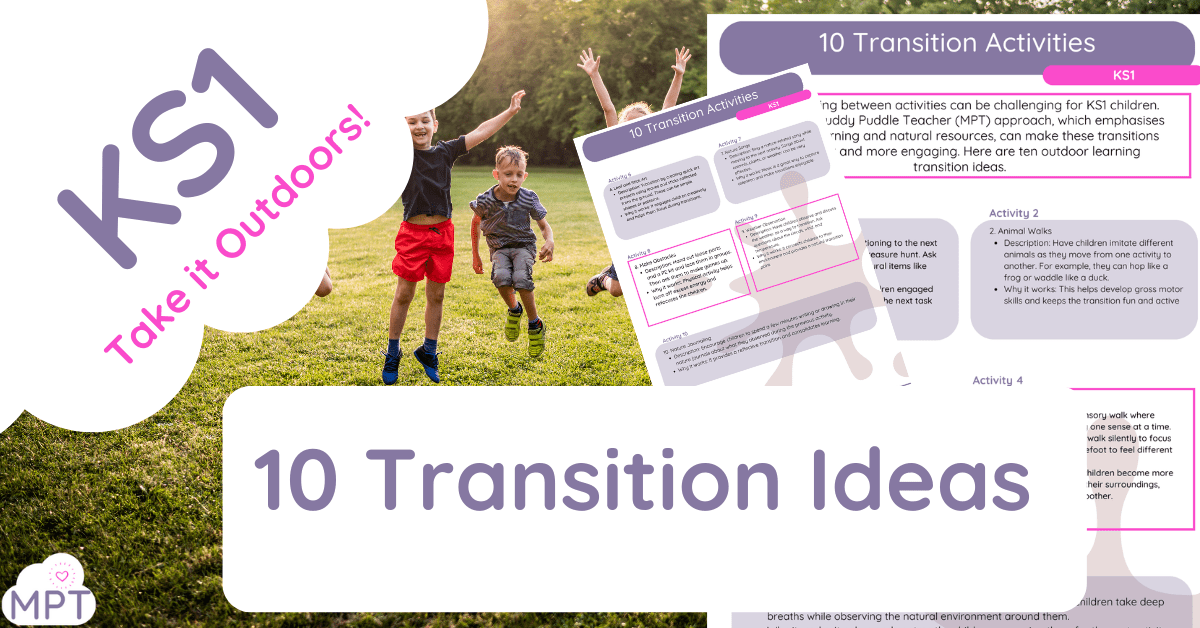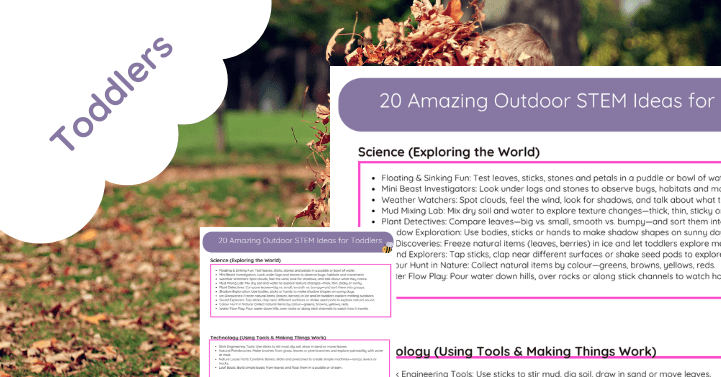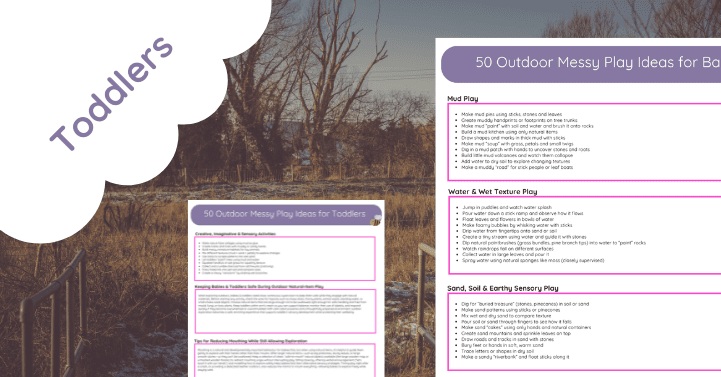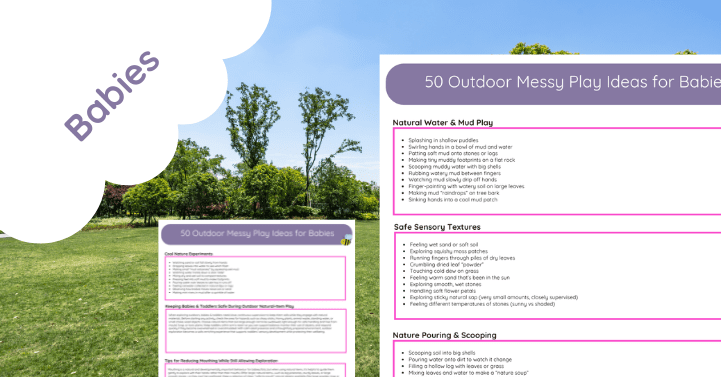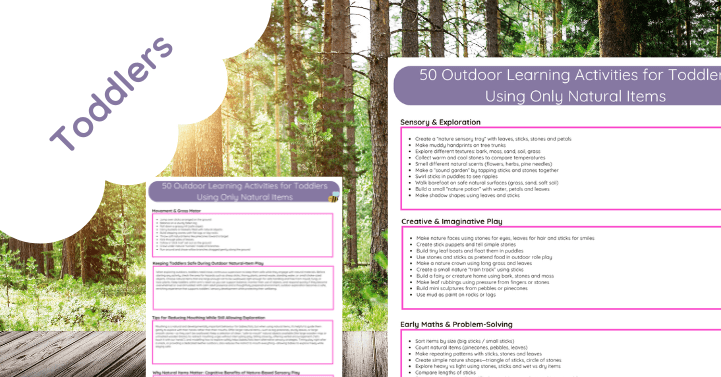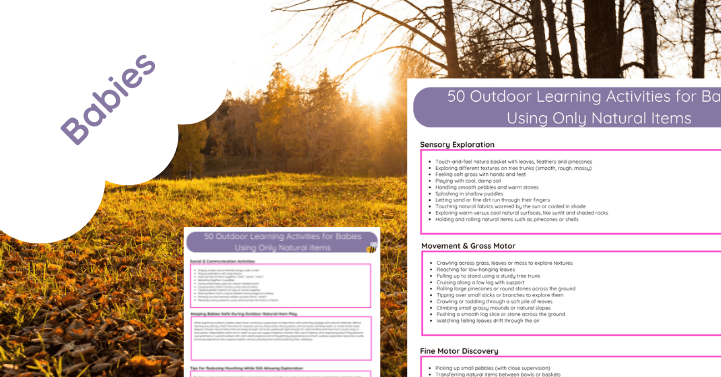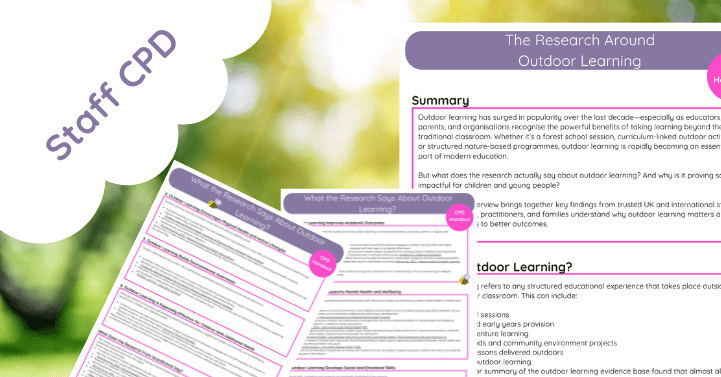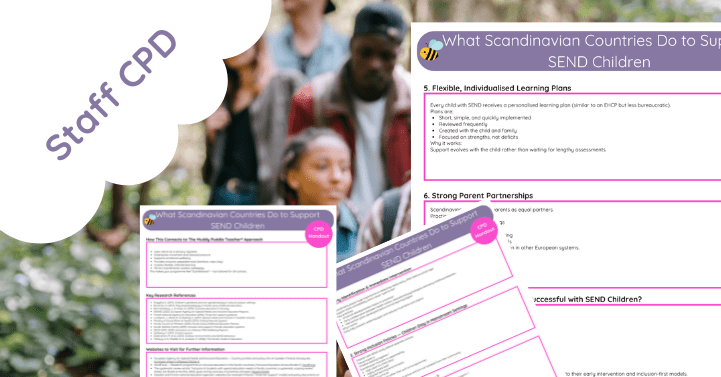Transitioning between activities in the classroom can often be a challenging time for teachers and students alike. Disruptions, loss of focus, and reduced productivity are common issues. However, incorporating outdoor transition ideas can transform these potentially chaotic moments into seamless and enriching experiences. Here’s why outdoor transition ideas are so effective, especially for KS1 students.
1. Engagement with Nature Enhances Focus
Research shows that exposure to nature can significantly improve concentration and cognitive function in children. According to a study published in the Journal of Attention Disorders, children who engaged in outdoor activities showed improved attention and focus compared to those who remained indoors
2. Physical Activity Boosts Cognitive Function
Incorporating physical activity into transitions not only helps in managing energy levels but also enhances cognitive performance. The Centers for Disease Control and Prevention (CDC) highlights that physical activity can improve concentration, memory, and classroom behavior
3. Reduces Stress and Anxiety
The natural environment has been shown to reduce stress and anxiety in children. A study by the American Psychological Association found that children who spend more time in nature have lower levels of stress and anxiety
4. Encourages Sensory Exploration
Outdoor transitions engage multiple senses, which is crucial for young learners. Sensory play is known to support cognitive growth, language development, and fine and gross motor skills
5. Promotes Social Interaction and Teamwork
Many outdoor transition activities involve group tasks that require cooperation and communication. These activities promote social skills and teamwork, which are essential for overall development. For instance, relay races or group scavenger hunts encourage children to work together, enhancing their ability to collaborate and communicate effectively.
6. Develops Gross and Fine Motor Skills
Outdoor activities naturally incorporate movements that help develop both gross and fine motor skills. Climbing over logs, balancing on beams, and picking up small objects during a scavenger hunt all contribute to physical development. These skills are foundational for more complex movements and activities, supporting overall physical literacy.
7. Connection with the Environment
Fostering a connection with nature is a valuable aspect of outdoor learning. According to Project Learning Tree, environmental education can help children develop a sense of responsibility and stewardship towards the environment
Implementing Outdoor Transition Ideas
Here are a few practical examples of outdoor transition activities that can be easily incorporated into the school day:
- Nature Treasure Hunts: Quick hunts for leaves, stones, or flowers can refocus attention and add an element of fun.
- Animal Walks: Imitating animals’ movements while transitioning helps develop motor skills and keeps children engaged.
- Mindful Breathing: Taking deep breaths while listening to nature sounds can calm and center children.
- Leaf and Stick Art: Simple art projects using natural materials can stimulate creativity and provide a gentle transition.
- Nature Songs and Rhymes: Singing about nature can make transitions enjoyable and educational.
Conclusion
Outdoor transition ideas are highly effective for KS1 students as they leverage the natural environment to enhance focus, reduce stress, promote physical activity, and foster social skills. By incorporating these strategies, educators can create a more dynamic and engaging learning experience that supports both academic and personal development. For more ideas and resources, explore the Muddy Puddle Teacher website.
External Links:
- Journal of Attention Disorders
- Centers for Disease Control and Prevention
- American Psychological Association
- Project Learning Tree
Internal Links:


